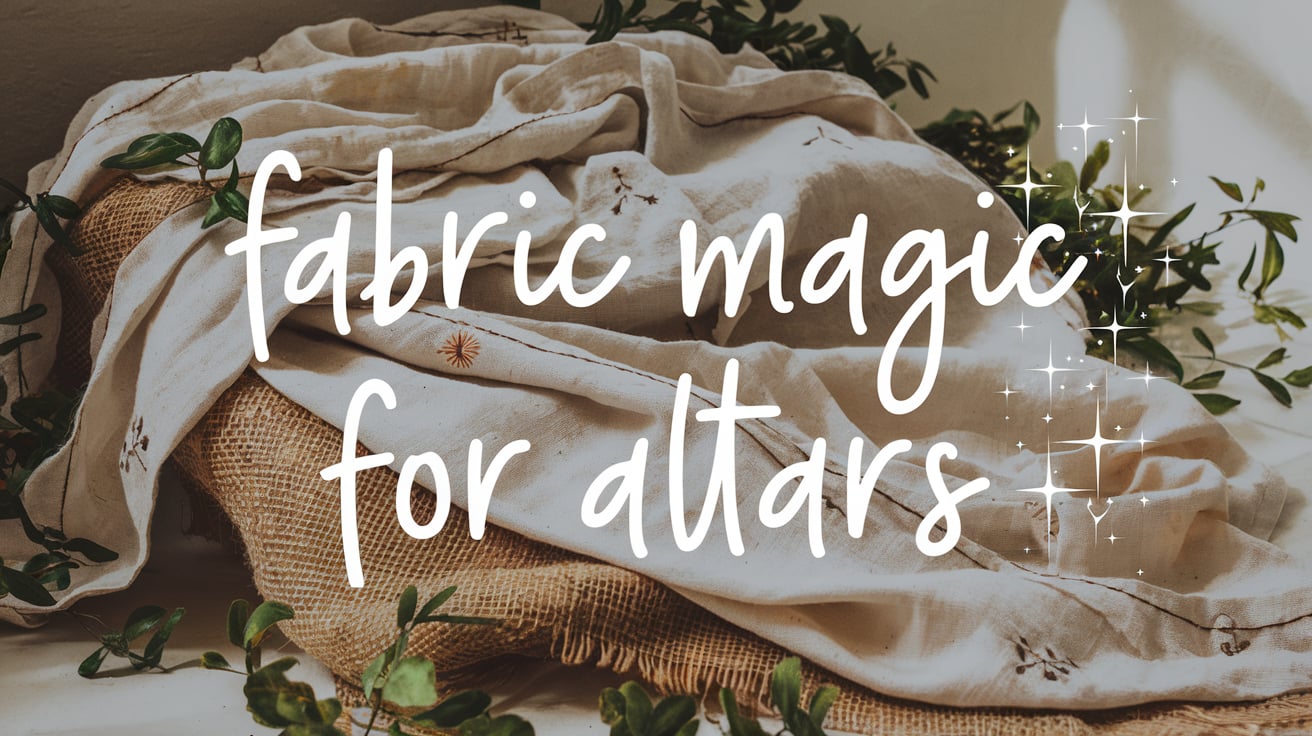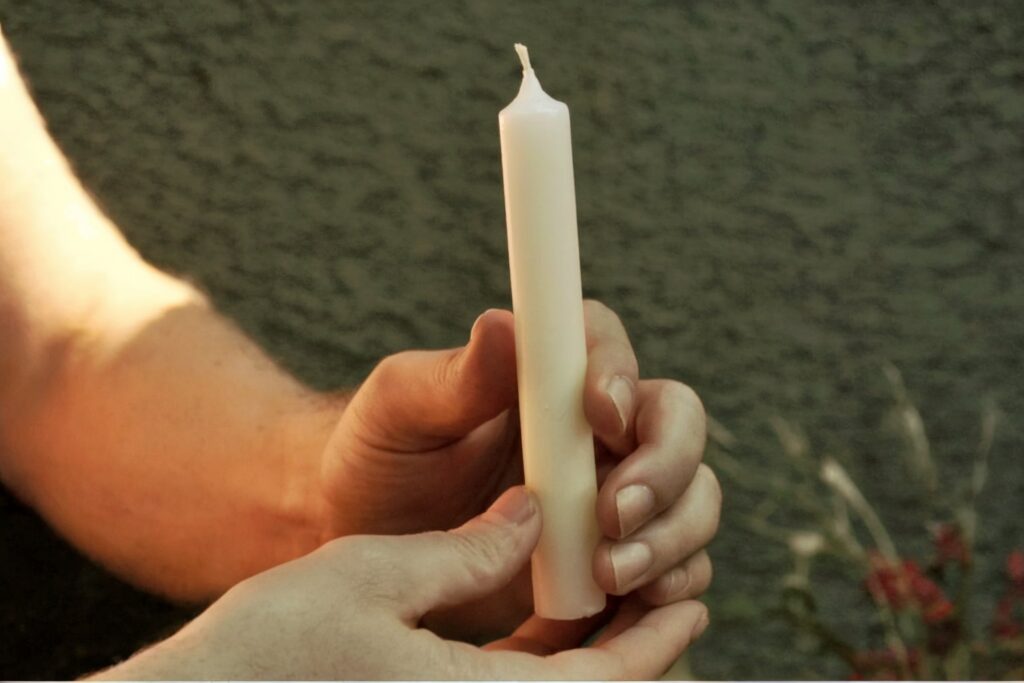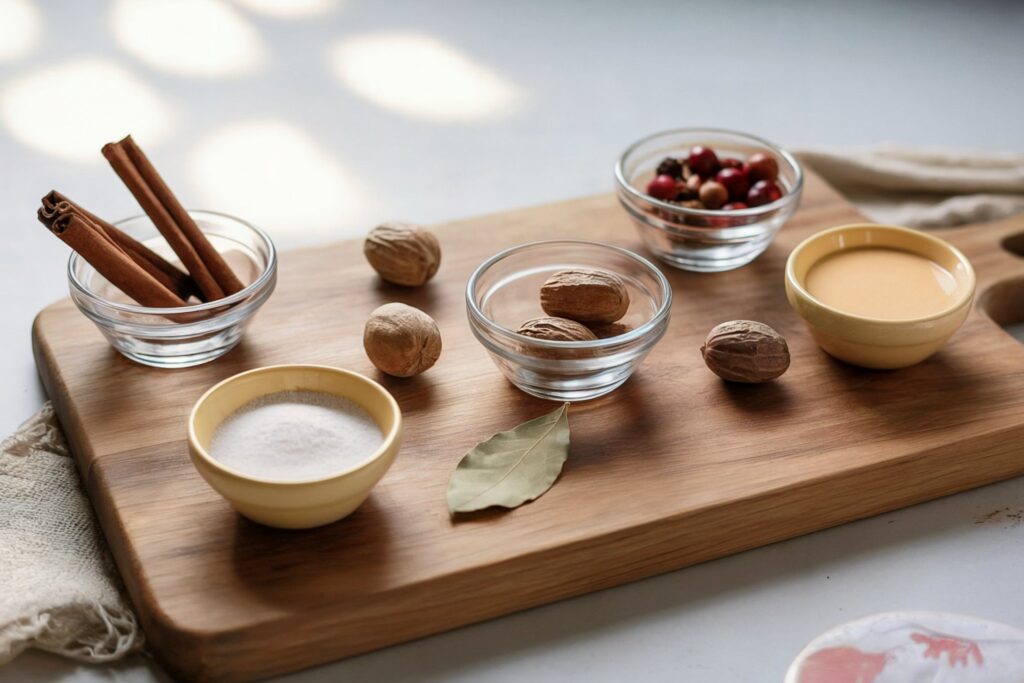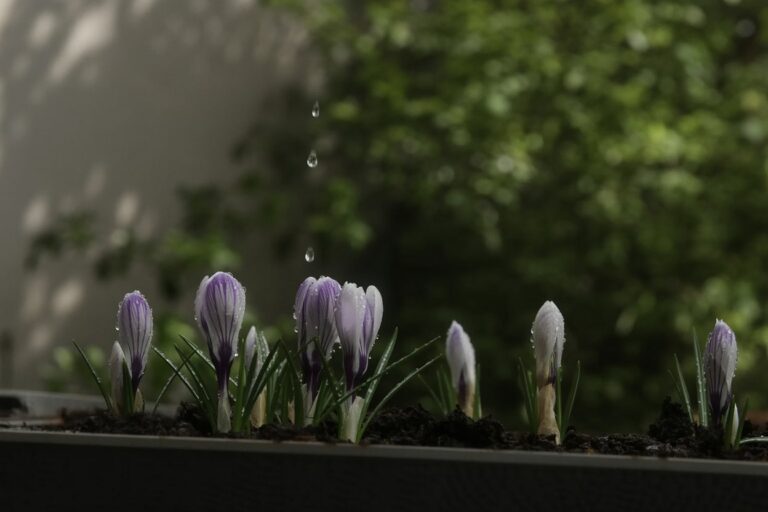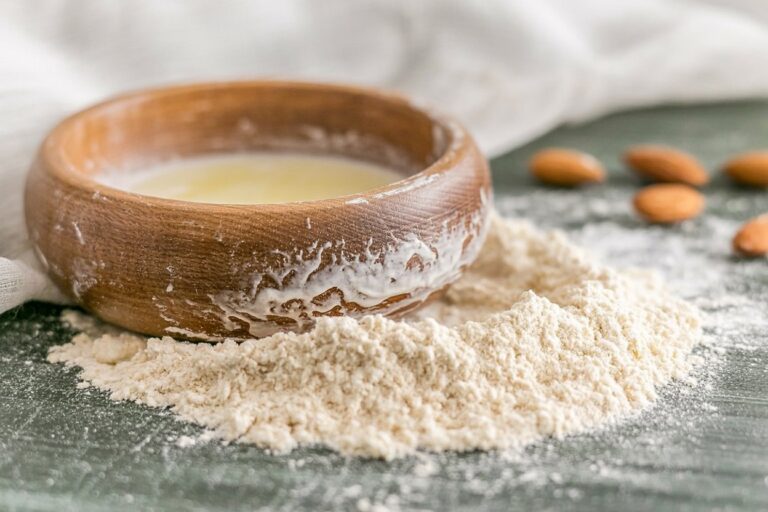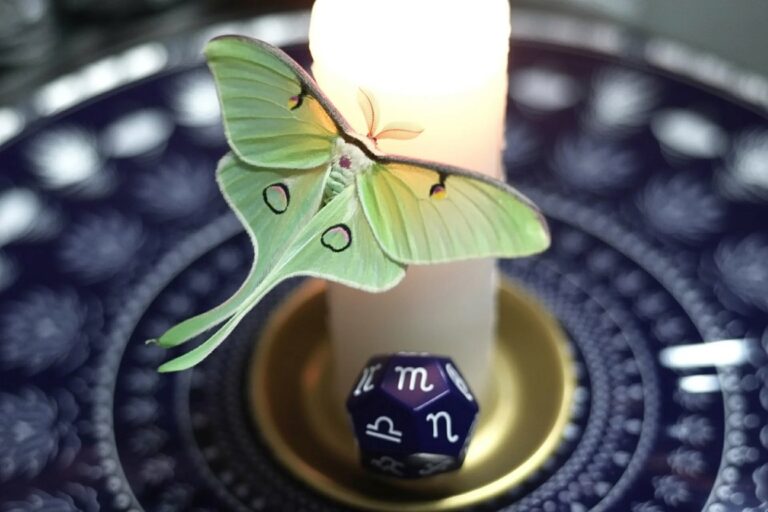Fabric for Altar Covers: Choosing the Perfect Textiles
Please note that posts on this site may contain affiliate links
Fabric is an essential component of altar design, adding color, texture, and spiritual symbolism while protecting the altar’s surface. Selecting the right fabric can elevate your altar’s visual appeal and help align it with your specific intentions or the deity it honors. In this guide, we’ll explore various fabric options and how to use them creatively.

Benefits of Using Fabric on Altars
Adding fabric to your altar offers numerous benefits beyond decoration:
- Protection: Shields the altar surface from spills, wax, or incense ash.
- Aesthetic Appeal: Enhances the visual harmony and mood of the altar.
- Spiritual Symbolism: Different fabrics and colors can represent specific energies or intentions.
- Customization: Easily change fabrics to match seasons, rituals, or deities.
Best Fabrics for Altar Covers
Here are some popular fabric choices and their unique properties:
Silk
- Why Choose Silk?
Silk is a luxurious, smooth fabric often associated with purity and divinity. Its shimmering texture adds an elegant touch, making it ideal for special rituals or sacred spaces. - Best Uses: High holy days, altars for solar or celestial deities, or formal ceremonies.
- Care Tips: Dry clean or hand wash to maintain its delicate texture.
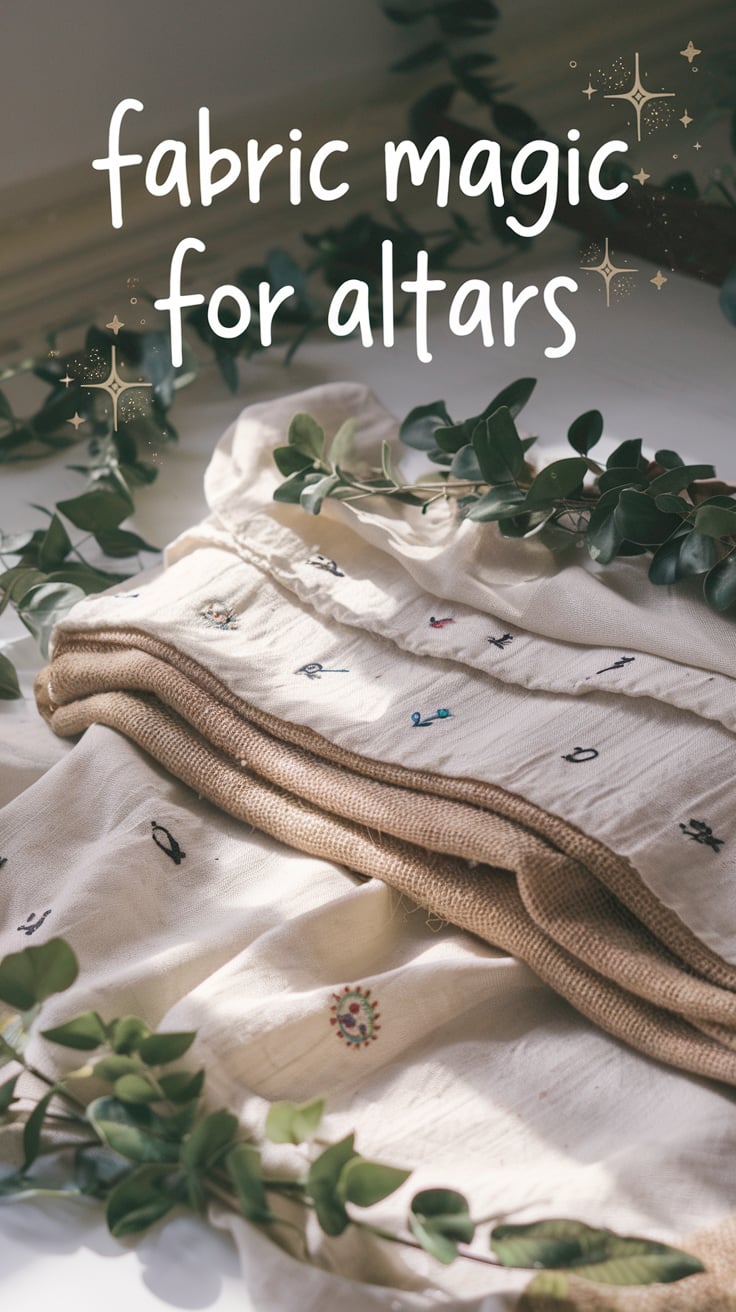
Linen
- Why Choose Linen?
Durable and natural, linen has been used in sacred contexts for centuries. It represents simplicity and cleanliness, making it perfect for everyday use. - Best Uses: Casual or rustic altar setups, earth-related rituals, and deities connected to agriculture or nature.
- Care Tips: Machine washable, but iron to keep its crisp appearance.
Velvet
- Why Choose Velvet?
Velvet’s rich texture and deep hues evoke luxury and reverence. It creates a dramatic backdrop that highlights other altar elements. - Best Uses: Altars for deities of wealth, power, or magic; winter celebrations.
- Care Tips: Spot clean or use a handheld steamer to maintain its lush appearance.

Additional Fabric Options
Cotton
- Why Choose Cotton?
Cotton is affordable, versatile, and easy to clean. Its lightweight nature makes it a practical choice for travel altars or everyday setups. - Best Uses: Simple, all-purpose altars; temporary or outdoor setups.
Brocade
- Why Choose Brocade?
With intricate patterns often incorporating metallic threads, brocade adds a regal touch to any altar. - Best Uses: Altars for gods and goddesses of royalty, festivals, or ancestor worship.
Organza
- Why Choose Organza?
Sheer and ethereal, organza adds a layer of mystique. It can be layered over other fabrics for a soft, dreamy effect. - Best Uses: Rituals focusing on air or celestial deities; enhancing visual layers.
Wool
- Why Choose Wool?
Wool’s warm and grounding texture makes it a great choice for altars during colder months or rituals of protection. - Best Uses: Winter altars, fire deities, or protective rituals.
Burlap
- Why Choose Burlap?
This coarse, earthy fabric exudes a rustic charm and connects to the primal elements of nature. - Best Uses: Outdoor or nature-based altars, altars for agricultural rituals.

Creative Ways to Use Fabrics on Altars
- Layering: Combine multiple fabrics to add depth and dimension. For example, use organza over linen for a light and airy feel.
- Draping: Drape fabric to create a cascading effect that enhances the visual flow of the altar.
- Seasonal Swaps: Change fabrics with the seasons. Use cool cotton in summer and cozy velvet in winter.
- Custom Embroidery: Add sacred symbols or deity names to the fabric to personalize your altar.
- Color Symbolism: Use colors that correspond to your intention. For instance:
- Red for passion or fire rituals.
- Blue for water or healing energies.
- Green for prosperity or earth rituals.
Tips for Maintaining Altar Fabrics
- Rotate Fabrics: Regularly swap out fabrics to keep your altar fresh and aligned with your practices.
- Clean Regularly: Ensure fabrics remain clean and free of dust, incense ash, or candle wax.
- Store Properly: Fold fabrics neatly and store them in a dry, clean space when not in use.
Conclusion
The right fabric transforms your altar into a vibrant and meaningful space. Whether you choose silk for elegance, linen for simplicity, or velvet for opulence, fabric allows you to customize your altar to reflect your intentions, honor your deity, and enhance your rituals. Explore different textures and colors to create a sacred space that inspires and uplifts your spiritual practice.

Unlock the secrets of true wealth and wisdom—grab your copy of The Crown of Bune today and begin your transformation.
How to Bless White Candles for Yule Using Grocery Store Materials
White candles show up at grocery stores for a dollar. Unscented tapers, plain pillars, bags…
Traditional Yule Cookies with Cinnamon, Nutmeg, and Bay Leaf for Solstice Prosperity Magic
You’re standing in a warm kitchen making cookies while the world outside reaches its darkest…
Tips For Working With Lucifer During The Winter Solstice
Winter solstice timing makes sense for working with Lucifer when you look at what’s actually…
Stolas Altar Setup Guide: Study Desk for Goetic Teaching Work
Stolas teaches by training you to look harder. You’re studying moon phases for class and…
How to Build a Working Altar for Goetic King Bael
Bael appears in grimoires as the first king of the Goetia, ruling sixty-six legions. The…
How King Paimon Teaches Arts and Sciences Through Joy and Precision
The Ars Goetia describes the Ninth Spirit, King Paimon, arriving on a dromedary with a…

